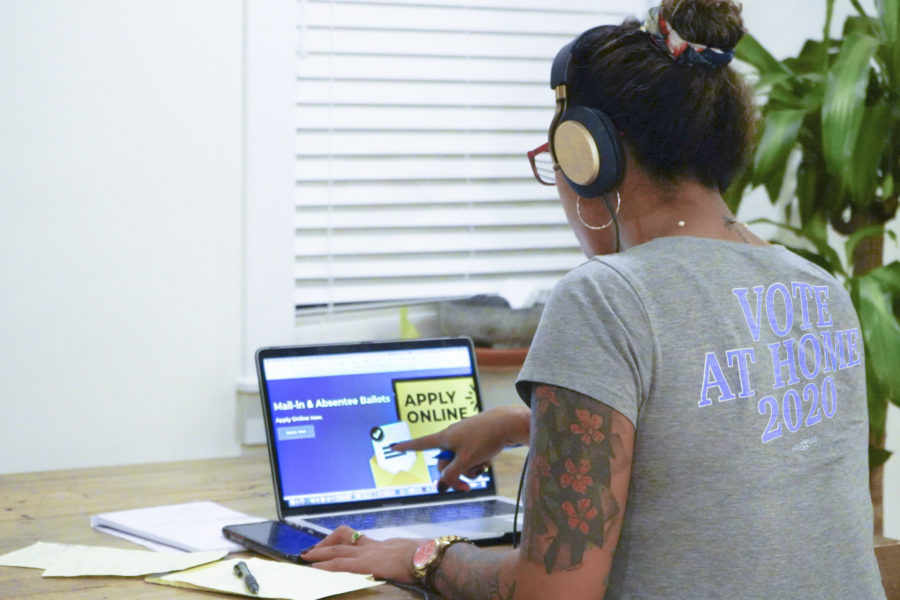Increasing Turnout Among Infrequent Voters
Theory of the Case
Deliver My Vote (DMV) set out to increase turnout among populations of traditionally disenfranchised voters in Pennsylvania, Michigan, and Florida. To accomplish this goal, we developed layered relationships with infrequent voters, and followed up with them through multiple points of contact in order to support the implementation of their personal vote plan. This strategy increased our vote plan success rate and gave them confidence that their ballot would count and their voice would be heard. In recognition that the 2020 General Election was likely to be increasingly characterized by confusion around voting options and requirements, especially new ones, voters remained in our target communication universe until we had confirmation of their ballot being cast.
Plan to Vote Program
DMV worked closely with in-state partners to design and execute a live call and SMS program that developed customized vote plans and directly confronted voter suppression tactics and confusion. Field Strategies activated its previously-developed recruitment and training pipeline to produce an impressive paid team of over 200 canvassers with requisite knowledge and technical expertise, who calmly and confidently made vote plans with traditionally disenfranchised voters. Utilizing learnings from relational organizing, our callers were able to turn intimate conversations into detailed vote plans.
Central to our program was close collaboration with donors and partners to identify any systemic voting access issues as well as to share successful tactics that could assist parallel efforts. Specifically, the success of our work would not have been possible without in-state partners: The Voter Project (PA), Engage Michigan, the Progress Florida Education Institute, and national partners, ProgressNow and America Votes.
Impact
Deliver My Vote provided infrequent voters with solutions and confidence. In the five weeks leading up to Election Day, we made over 6.4 million live calls and sent over 4 million SMS messages. Our canvassers had in-depth conversations with over 163,000 target voters and made detailed vote plans, including specific dates and times, with over 41,000 of them. Each of those voters then received follow up calls and texts from organizers to support the execution of their personal vote plan.
A full picture of individual-level voting data is not yet available. We look forward to a more in-depth assessment of turnout effects within our target universe.
